
The painting “Saint John the Baptist” was conceived by the artist in the early 1500s, as indicated by a sketch of an angel with a raised hand in John’s pose, pinned to a sheet dated around 1504. Leonardo began to work on it during his second stay in Milan and continued to work in Rome.
Apparently, according to the master himself, the canvas was never finished, work on it continued even in Amboise. From the dark space of the picture a figure of a young man with a raised hand and a cross pressed to the body looks at us with a light silhouette. Gently shimmering in the dark streaming locks frame this beautiful face with a mysteriously inviting smile and a fixed gaze surrounded by dark shadows.
The features of the face clearly read the similarity with Monna Lisa, giving him a somewhat ambiguous character. The figure has blossoming, sensuously trembling forms, and only the cross, as if dissolved in the space of the picture, tells us that we have John the Baptist before us.
 John the Baptist by Michelangelo Merisi da Caravaggio
John the Baptist by Michelangelo Merisi da Caravaggio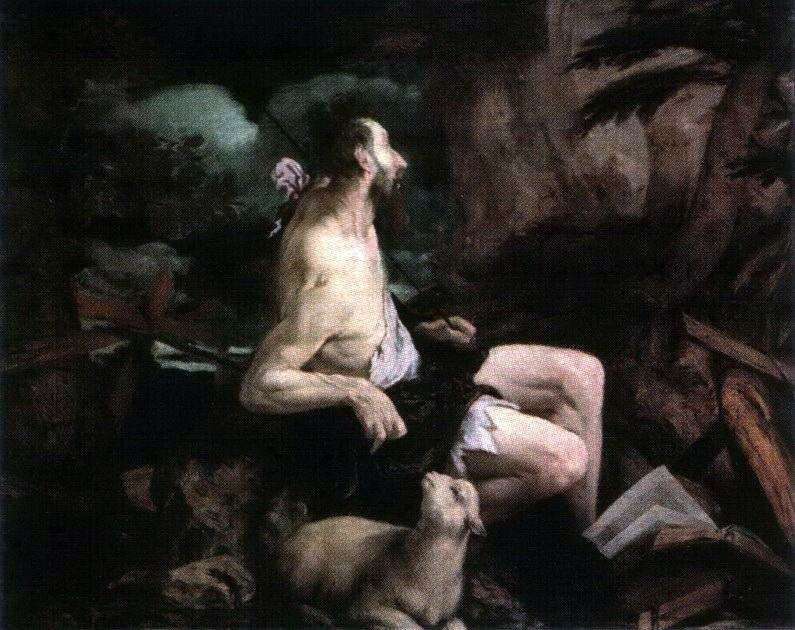 John the Baptist in the Desert by Jacopo Bassano
John the Baptist in the Desert by Jacopo Bassano Saint Anna and Mary with the Infant Christ by Leonardo Da Vinci
Saint Anna and Mary with the Infant Christ by Leonardo Da Vinci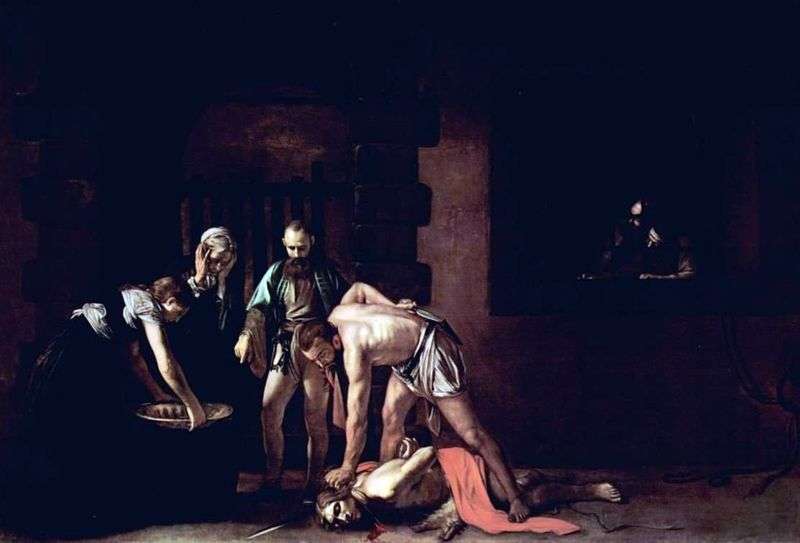 The beheading of John the Baptist by Michelangelo Merizi da Caravaggio
The beheading of John the Baptist by Michelangelo Merizi da Caravaggio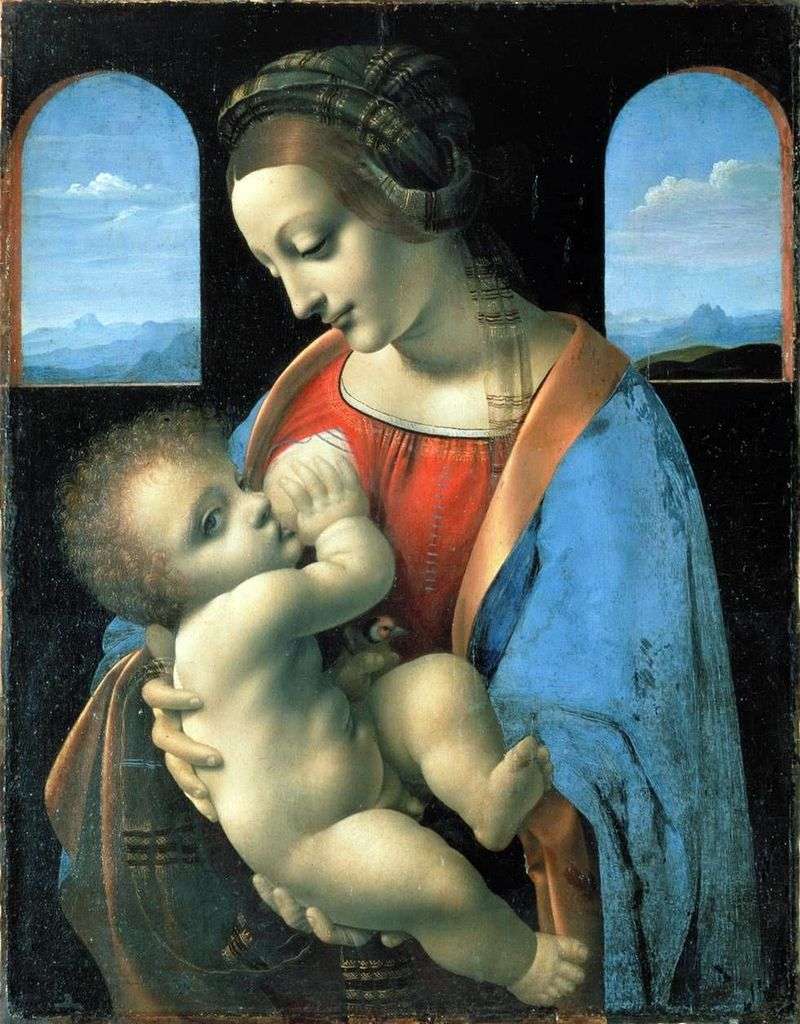 Madonna Litta by Leonardo Da Vinci
Madonna Litta by Leonardo Da Vinci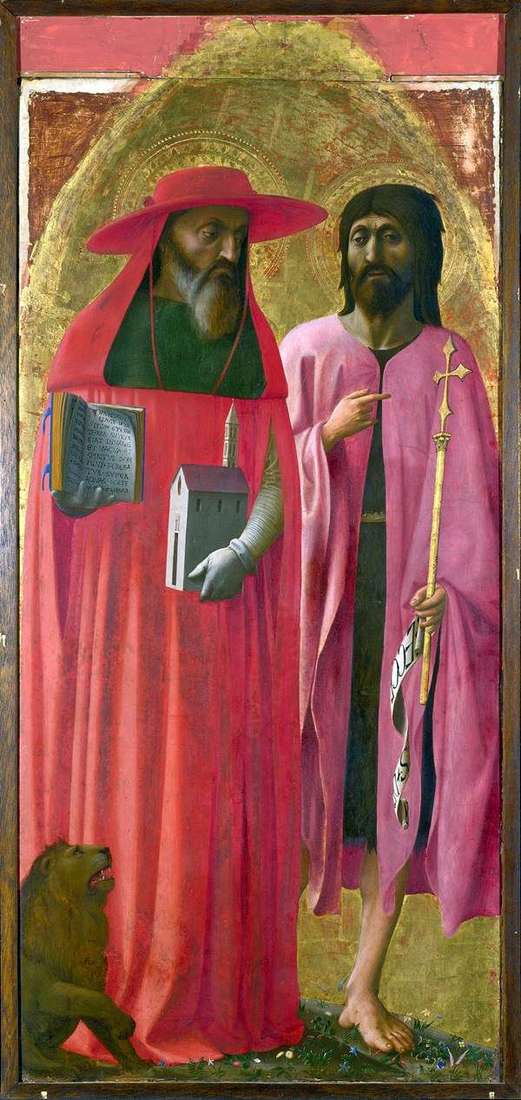 Saints Jerome and John the Baptist by Tommaso di Giovanni Masaccio
Saints Jerome and John the Baptist by Tommaso di Giovanni Masaccio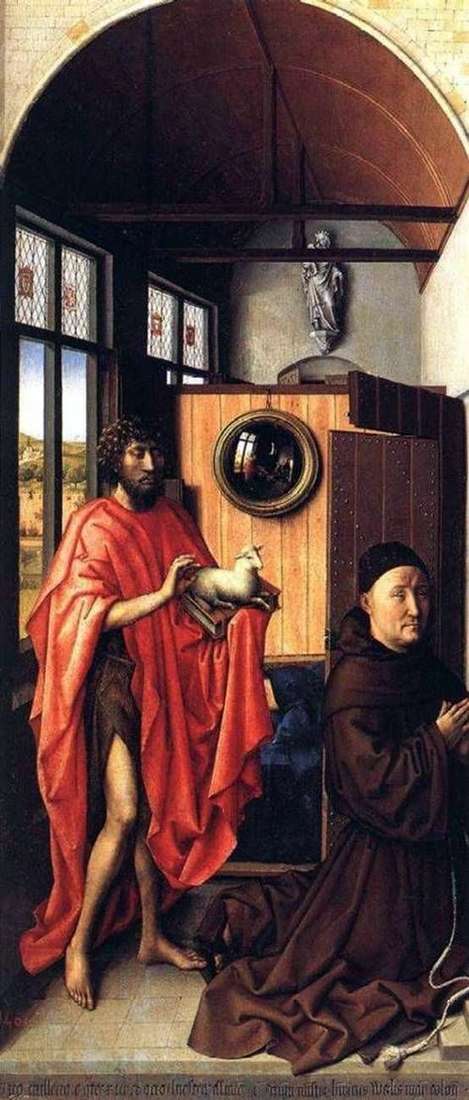 John the Baptist and Henry von Werl by Robert Kampen
John the Baptist and Henry von Werl by Robert Kampen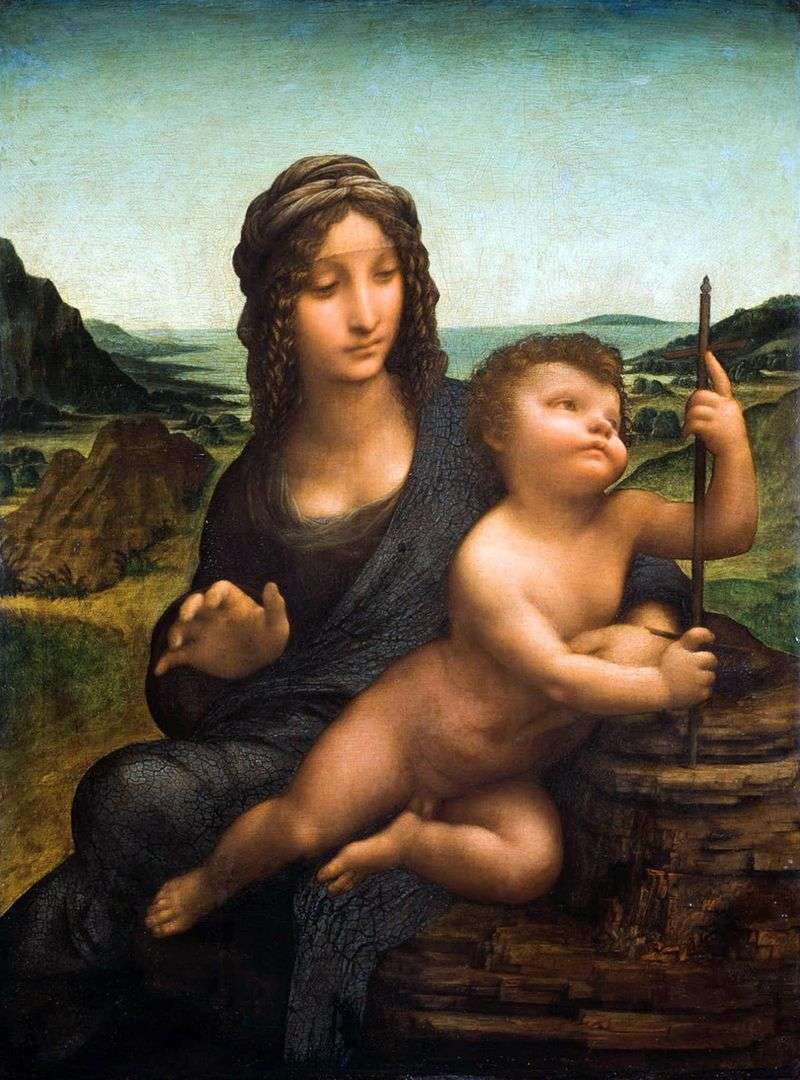 Madonna with spinning wheel by Leonardo Da Vinci
Madonna with spinning wheel by Leonardo Da Vinci